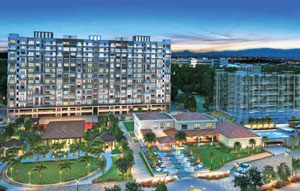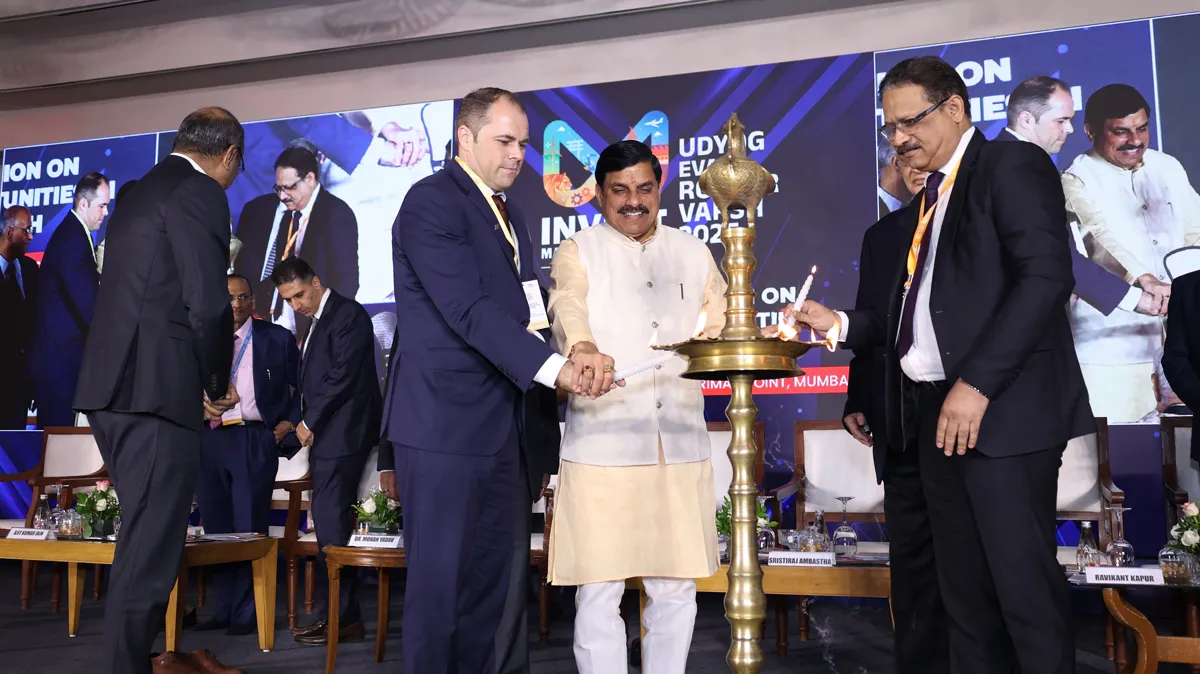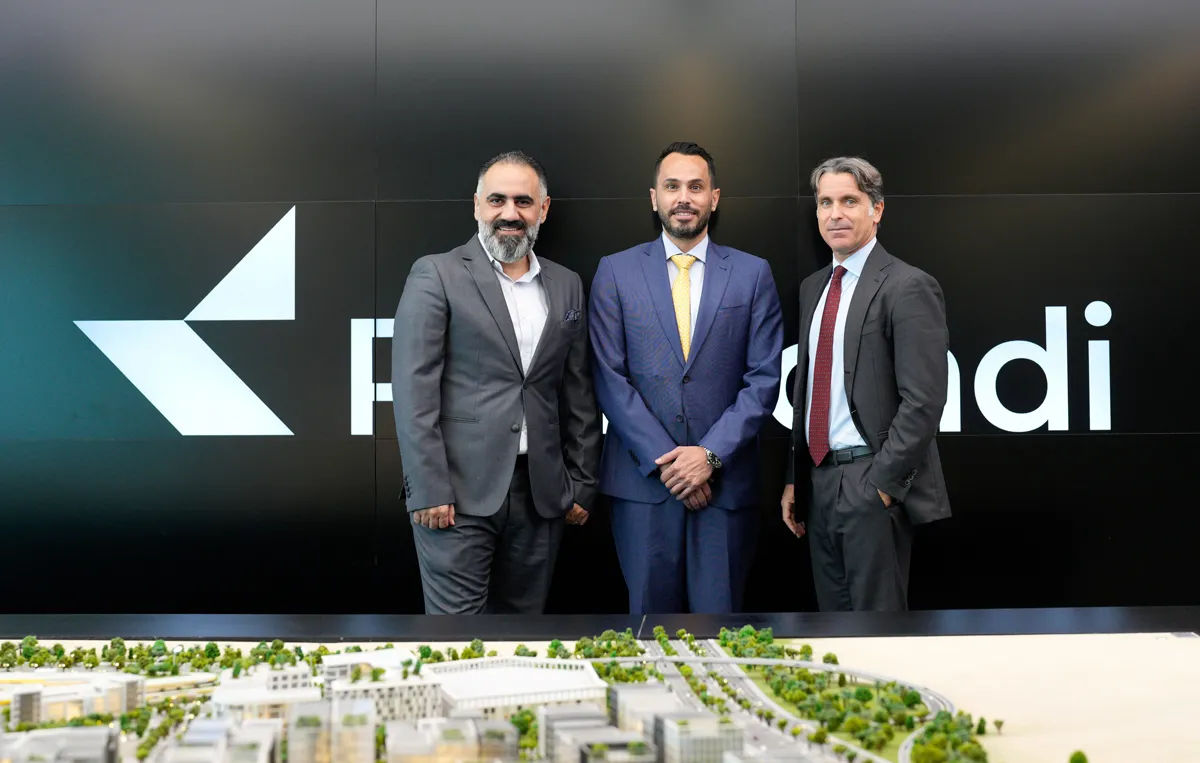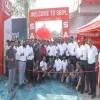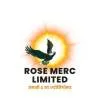Sujay Kalele, Group CEO, Kolte-Patil Developers
It is the largest land transaction to have ever taken place in Pune corporation - the acquisition of a 34-acre parcel in Wakad. At a whopping investment of Rs 350 crore, the settlement has certainly spiked the growth trajectory of Pune-based Kolte-Patil Developers. "With a total development potential of 2.3 million sq ft, the land is perfect for a residential mixed-use development", says Sujay Kalele, Group CEO, Kolte-Patil Developers. On the choice of location, Kalale confidently states, "Wakad is the hottest property location in Pune and has been highlighted as one of the top 10 investment destinations in India by International Property Consultants." Elaborating further upon the acquisition and the company's future plans, Kalele reveals that the aim is to double the company's revenue over the next two years. Excerpts from his interview with MONISHA RAO...
What is the revenue generation potential of the acquired land in Pune?
The revenue generation potential is about Rs 1,600 crore. While it is 100-per cent self-financed, about Rs 70 crore has been taken on loan from Capital First, a non-banking finance company. Of this, Rs 17-18 crore has already been returned and the rest will be covered in the next three to four years. The return on investment too will be progressively incurred over the same period of time.
How long was the acquisition process?
It took us eight months to acquire this land. Approvals posed the major challenge. While all other necessary approvals have been obtained, environment clearance is the only bottleneck preventing us from launching the project. Hopefully, the clearance will be passed in the next three to six months.
What is the issue that you are currently facing with the environment clearance?
Subjectivity with regard to rules and regulations needs to be done away with. The Government needs to build capacity to cater to the large amount of proposals coming in. This will eliminate the backlog in the system in the long run. It has been very challenging for us at the policy level. Over the past two years, a complete policy paralysis has taken over the industry. Environment clearances take up to 12-15 months to process, which is unnecessary as these are land parcels within city limits. When the city limits were approved at the master level, why do projects need to be individually processed?
What is the project planned for this land?
We are planning to build an upper mid-income to high-end residential project. Given its strategic location and closeness to Hinjewadi II Park and industrial corridor, the target market is clearly defined. Our aim is to create an economy within the project community. The 34 acre gives us a great platform to create a unique offering. With Rs 350 crore already invested in the land, about Rs 600 crore will be additionally invested to develop the residential project.
With your portfolio tilted towards the residential segment, can you highlight your operations in the commercial and retail segments?
Given the market sentiment, 90 per cent of our focus has been on the residential segment with the rest on commercial. This has resulted in 7 million sq ft of residential development and 3 million sq ft of commercial development. As far as retail is concerned, we are prominent in the built-to-sell category. We have also executed 4 million sq ft of IT park and office complexes.
Which is the bestselling segment in Pune?
Ticket size between Rs 70 lakh and Rs 1.25 crore in the residential segment is the fastest selling category in Pune. This is directly linked with the stability of the segment of the population with steady income. Moreover, despite the luxury segment doing well, it lacks volume. It is not growing fast but has not shown any deceleration either.
The company operates in Mumbai, Bengaluru and Pune. How different are these markets?
These markets are as different as chalk and cheese. Pune is more of a two-corridor market - Eastern and Western - while Mumbai is linear in nature and Bengaluru is concentric. In terms of revenue generation, for Kolte-Patil, Pune generates the maximum revenue followed by Bengaluru and Mumbai.
A growing number of developers are adopting new construction methodologies in their projects. From where do you source construction technology for your projects?
At an investment of Rs 68 crore for 20 lakh sq ft, we imported alu-formwork construction technology from Korea two years ago. Traditional construction methodology involves building columns and beams, which is followed by brickwork. With the help of alu-formwork, an entire floor can be cast at one go, including walls. It saves a lot of time and provides far superior quality and finishing. Projects involving large volumes tremendously benefit from it and it is worth the high investments involved. Every set costs around Rs 4-6 crore. Unless there is volume, it will not be commercially viable for developers. The payback period of this technology is 15 to 18 months.
You recently signed the Khar-Linking Road redevelopment project. Are there any other similar projects in the pipeline?
We are soon going to announce the signing of a redevelopment project in Andheri and Vile Parle. Redevelopment is certainly the need of the hour.
What is your outlook for the real-estate sector?
The balance between affordability and pricing should be maintained, which is only possible if approvals come in on time. Delays result in supply constraints leading to high prices, which ultimately affect affordability. Single-window clearances will help to unlock supply, lower prices and increase affordability.
FACT SHEET
Date of establishment: November 25, 1991
Top management: Rajesh Patil, Chairman and Managing Director; Sujay Kalele, Group CEO
No. of employees: 900
Centre(s) of operation: Pune, Bengaluru and Mumbai
Ongoing projects: 17 (Pune: 15; Bengaluru: 2)
Upcoming projects: 12 (Pune: 8; Bengaluru: 3; Mumbai: 1) Turnover: Rs 727 crore (FY2013)
Current order book: Inventories of Rs 1,243 crore
To share your views on this interview, write in at feedback@ASAPPmedia.com
